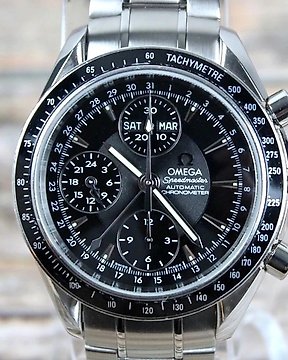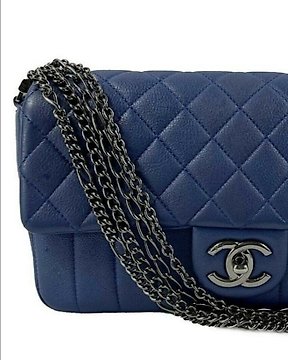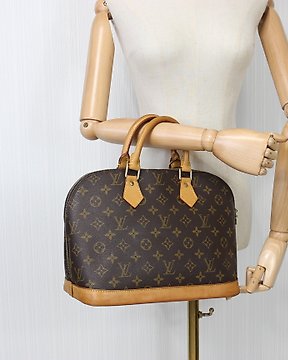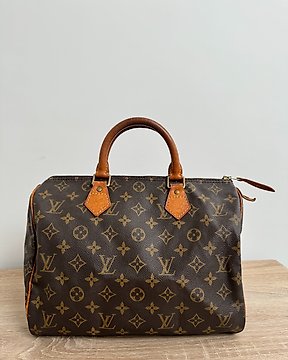All went smoothly and was done correctly, the object is in good condition Thanks you very much
Übersetzung ansehen„獅子頭 Shishigashira“ (Löwenköpfe) - Holz - Yokoyama Ichimu 横山一夢(1911-2000) - Japan - Shōwa Zeit (1926-1989)
Nr. 84486409
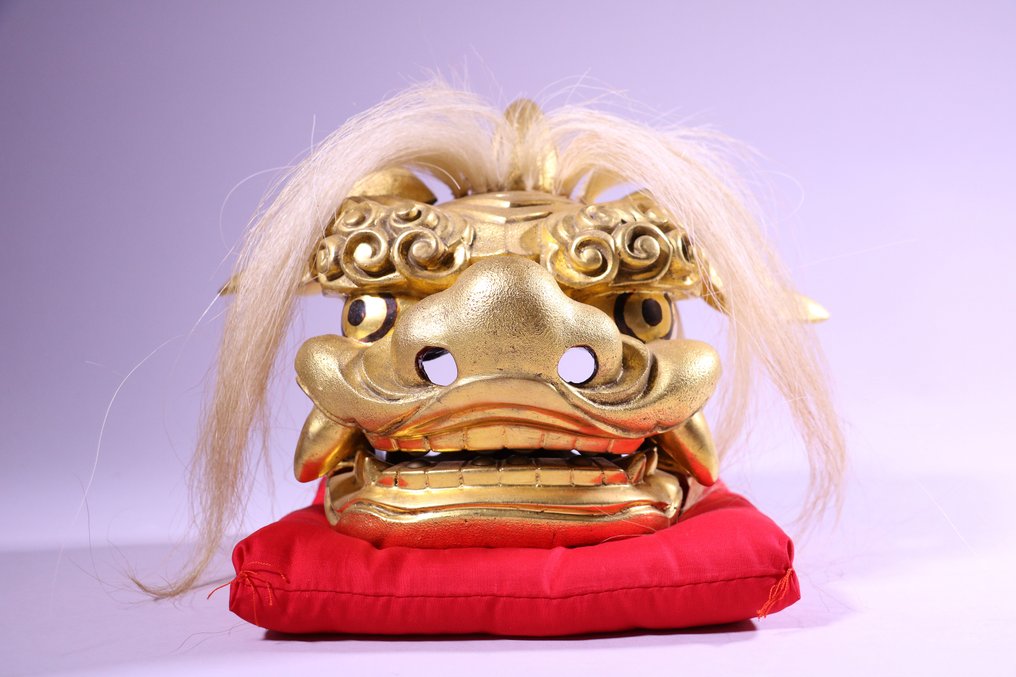
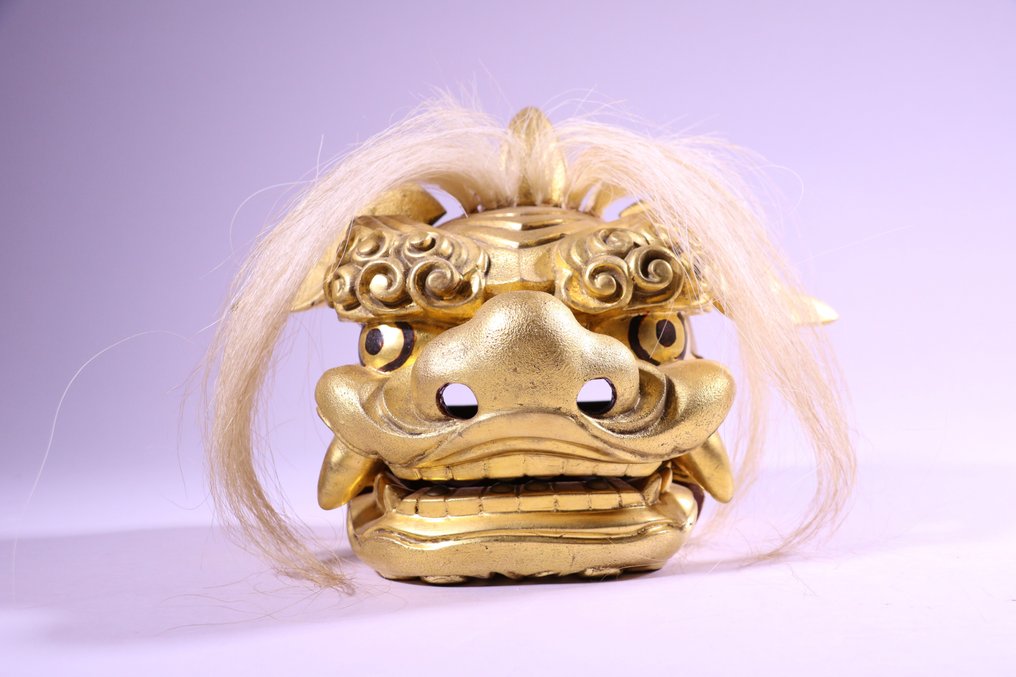
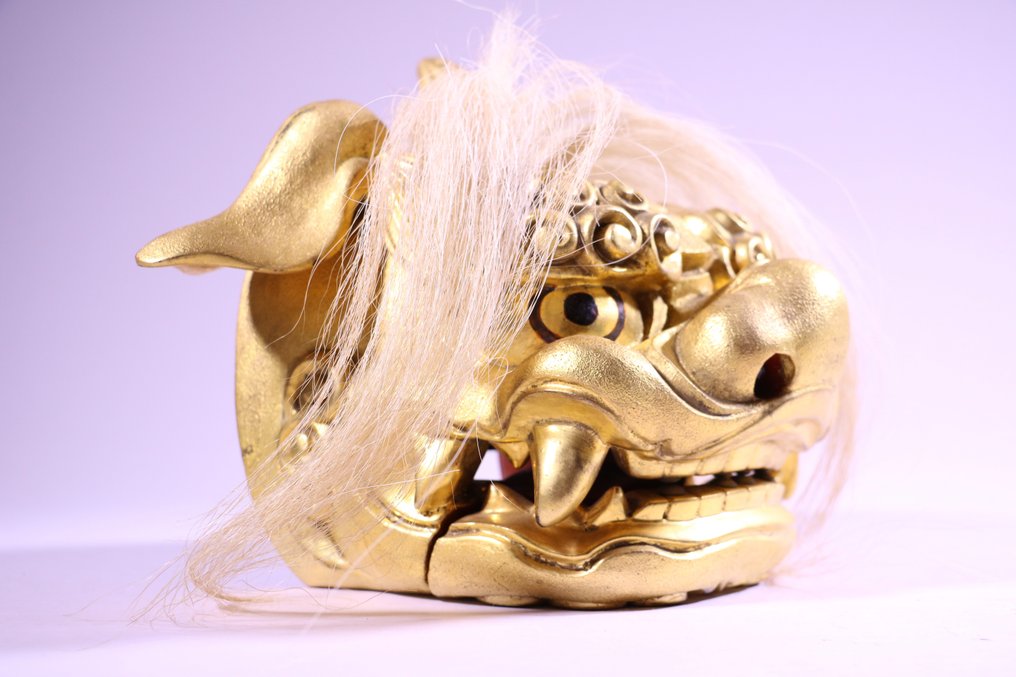
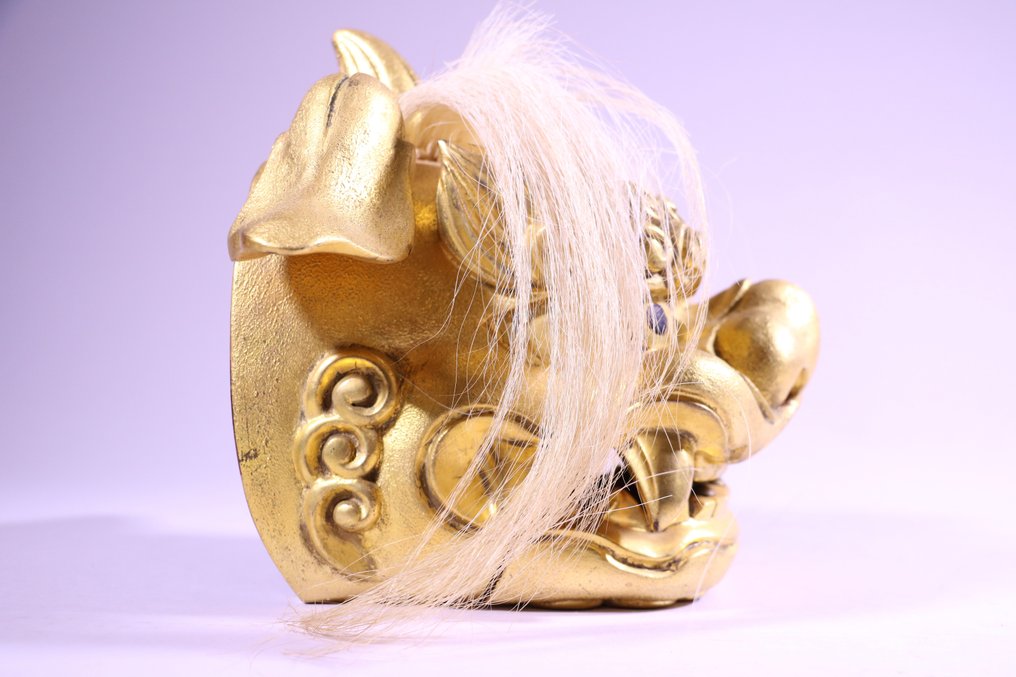
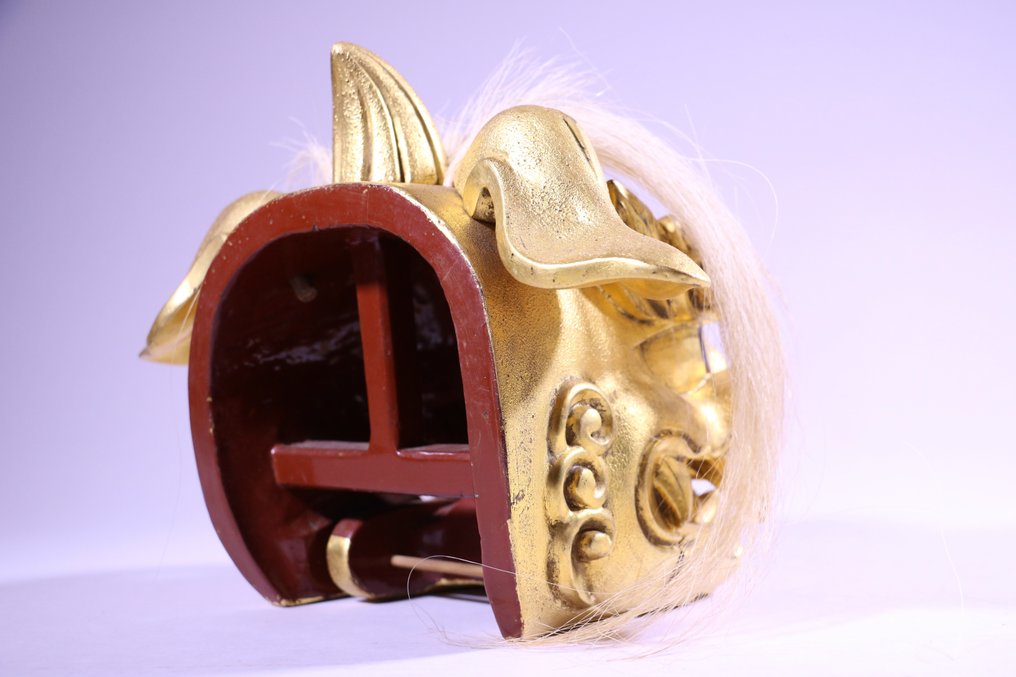
DESCRIPTION
"Shishigashira" (lion heads) in Japanese tradition hold special significance. These items, primarily used in festivals, rituals, and dances, are associated with the "獅子舞 Shishimai" (lion dance).
Traditionally, lion heads are believed to ward off evil spirits and avert calamities. The lion dance, often performed during shrine festivals and local events, is thought to chase away malevolent spirits, bringing fortune and blessings to the community and people. Therefore, Shishigashira are regarded as symbols of exorcism and good luck, embodying wishes for prosperity and health.
Furthermore, due to their imposing appearance and beauty, Shishigashira are popular as decorative pieces. They are frequently displayed during festivals and events, forming an integral part of Japan's traditional decorative culture. Their value as art and craftsmanship is highly esteemed, cherished by many as a reflection of traditional artisan skills and artistic expression.
Japan has a long tradition of the lion dance and the dance is known as shishi-mai (獅子舞) in Japanese. It is thought to have been imported from China during the Tang Dynasty, and became associated with the celebration of Buddha's Birthday. The first lion dance recorded in Japan was at the inauguration ceremonies of Tōdai-ji in Nara in 752. The dance is commonly performed during the New Year to bring good luck and drive away evil spirits, and the lion dancers may be accompanied by flute and drum musicians. It is also performed at other festivals and celebrations. In some of these performances, the lions may bite people on the head to bring good luck. (From Wikipedia).
Almost good condition. Please reffer to the images for the details.
Artist:
Ichimu Yokoyama (1911 - 2000) was a renowned Japanese woodcraft artisan from Inami, Toyama Prefecture. His real name was Zensaku. Born in a region famous for woodcraft, Yokoyama learned the art from his father, who was also a woodcarver, inheriting these traditional skills from a young age.
In 1934, he became independent and made a significant breakthrough by being selected for the 4th Buntenten Exhibition with his work "Heron Screen," a notable achievement in an era when artisan entries were rare. Subsequently, Yokoyama continued to exhibit at the Buntenten and Nitten Exhibitions, receiving numerous awards. In 1953, he was awarded the Hokuto Prize at the 9th Nitten Exhibition, and in 1958, he received a special selection at the 1st Shin-Nitten Exhibition. In 1963, he was recommended as a member of Nitten, and the following year, he was also recommended as a member of the Contemporary Craft Artists' Association.
Yokoyama's works are known for their traditional woodcarving techniques embellished with decorative coloration. His intricate craftsmanship and vibrant colors captivated many, earning him recognition as a prominent Japanese ceramic artist. He was honored with the Yellow Ribbon Medal and the Fourth Class Order of the Sacred Treasure, and his contributions were acknowledged as an Intangible Cultural Property.
Yokoyama's art is especially esteemed in his hometown of Inami, Toyama, and his works remain a significant part of Japanese woodcraft heritage today.
NOTICE
The lot will be carefully packaged and sent by Japan post, DHL or FedEx depend on the situation.
It takes about 3 weeks to receive normally.
Import duties, taxes, and charges are not included in the item price or shipping cost.
These charges are the buyer's responsibility.
Sometimes Customes or delivery company in your country contact you for Customs clearance via phone or email. Please make sure that you could answer the phone. If you don't, the parcel will return to me and it cost more double shipping fee for reshipping.
I appreciate your cooperation.
Der Verkäufer stellt sich vor
DESCRIPTION
"Shishigashira" (lion heads) in Japanese tradition hold special significance. These items, primarily used in festivals, rituals, and dances, are associated with the "獅子舞 Shishimai" (lion dance).
Traditionally, lion heads are believed to ward off evil spirits and avert calamities. The lion dance, often performed during shrine festivals and local events, is thought to chase away malevolent spirits, bringing fortune and blessings to the community and people. Therefore, Shishigashira are regarded as symbols of exorcism and good luck, embodying wishes for prosperity and health.
Furthermore, due to their imposing appearance and beauty, Shishigashira are popular as decorative pieces. They are frequently displayed during festivals and events, forming an integral part of Japan's traditional decorative culture. Their value as art and craftsmanship is highly esteemed, cherished by many as a reflection of traditional artisan skills and artistic expression.
Japan has a long tradition of the lion dance and the dance is known as shishi-mai (獅子舞) in Japanese. It is thought to have been imported from China during the Tang Dynasty, and became associated with the celebration of Buddha's Birthday. The first lion dance recorded in Japan was at the inauguration ceremonies of Tōdai-ji in Nara in 752. The dance is commonly performed during the New Year to bring good luck and drive away evil spirits, and the lion dancers may be accompanied by flute and drum musicians. It is also performed at other festivals and celebrations. In some of these performances, the lions may bite people on the head to bring good luck. (From Wikipedia).
Almost good condition. Please reffer to the images for the details.
Artist:
Ichimu Yokoyama (1911 - 2000) was a renowned Japanese woodcraft artisan from Inami, Toyama Prefecture. His real name was Zensaku. Born in a region famous for woodcraft, Yokoyama learned the art from his father, who was also a woodcarver, inheriting these traditional skills from a young age.
In 1934, he became independent and made a significant breakthrough by being selected for the 4th Buntenten Exhibition with his work "Heron Screen," a notable achievement in an era when artisan entries were rare. Subsequently, Yokoyama continued to exhibit at the Buntenten and Nitten Exhibitions, receiving numerous awards. In 1953, he was awarded the Hokuto Prize at the 9th Nitten Exhibition, and in 1958, he received a special selection at the 1st Shin-Nitten Exhibition. In 1963, he was recommended as a member of Nitten, and the following year, he was also recommended as a member of the Contemporary Craft Artists' Association.
Yokoyama's works are known for their traditional woodcarving techniques embellished with decorative coloration. His intricate craftsmanship and vibrant colors captivated many, earning him recognition as a prominent Japanese ceramic artist. He was honored with the Yellow Ribbon Medal and the Fourth Class Order of the Sacred Treasure, and his contributions were acknowledged as an Intangible Cultural Property.
Yokoyama's art is especially esteemed in his hometown of Inami, Toyama, and his works remain a significant part of Japanese woodcraft heritage today.
NOTICE
The lot will be carefully packaged and sent by Japan post, DHL or FedEx depend on the situation.
It takes about 3 weeks to receive normally.
Import duties, taxes, and charges are not included in the item price or shipping cost.
These charges are the buyer's responsibility.
Sometimes Customes or delivery company in your country contact you for Customs clearance via phone or email. Please make sure that you could answer the phone. If you don't, the parcel will return to me and it cost more double shipping fee for reshipping.
I appreciate your cooperation.
Der Verkäufer stellt sich vor
- 290
- 4
- 1
perfect transaction
Übersetzung ansehenexactly as described, professionally and fast shipping, top seller !!
Übersetzung ansehenAs described and pictured, safe packing, quick delivery.
Übersetzung ansehenVery beautiful dolls, in perfect condition as described. Fast delivery and perfect packaging. Highly recommended seller.
Übersetzung ansehenDomo arigato gozaimasu
Übersetzung ansehenbeautiful vase, expertly described and photographed, very carefully packed and shipped. very happy with it
Übersetzung ansehenBeautiful vase, exactly as described. Careful packaging. Recommended seller. Dziękuję.
Übersetzung ansehenLeuke objecten. Liefdevol verpakt en snel geleverd.
Übersetzung ansehenBeautiful old netsuke. Just as described. Shipping without problem to Europe. Thank you
Übersetzung ansehenL'oggetto è carinissimo peccato che le spese di spedizione sono alte perché comprerei più spesso.
Übersetzung ansehenAs described, very good packing and also very fast sending.
Übersetzung ansehenSehr schnelle Lieferung, sehr gute Ware. Ich würde es begrüssen, wenn in Zukunft die Möglichkeit bestünde Bestellungen gemeinsam zu versenden.
Übersetzung ansehensnelle verzending👍
Übersetzung ansehenVery good quality Thank you very much
Übersetzung ansehenVery elegant haori....
Übersetzung ansehenThe haori is beautiful but have an extrange smell.
Übersetzung ansehenLivraison rapide, objet très bien protégé
Übersetzung ansehenGot it Very nice Probably earlyer edo period Do you have some more information about this kabutowari ? Thank you very much
Übersetzung ansehenVery beautiful antique kimono, it has been very quickly delivered as I asked for to this kind and helpful seller. Perfect communications. I highly recommend this seller to all kimono lovers. どうもありがとう
Übersetzung ansehenWhat a beautiful item! It was so carefully packaged too. Thank you! V
Übersetzung ansehenKimono strepitoso! Bellissimo! Esattamente come da descrizione. Arrivato velocemente come ho chiesto al venditore, gentilissimo e molto disponibile. Ottima comunicazione. どうもありがとうございました。
Übersetzung ansehenRecu en bon état, bien emballé merci ☺️
Übersetzung ansehentrès bonne communication, l'envoi est rapide et soigné, je recommande ce vendeur.
Übersetzung ansehenthank you. beautiful
Übersetzung ansehen- 290
- 4
- 1
All went smoothly and was done correctly, the object is in good condition Thanks you very much
Übersetzung ansehen

